Business is rooted at the heart of Grand Rapids, Michigan’s second-largest city.
Grand Rapids, Michigan's second-largest city, is a thriving business and cultural hub. Named for the rapids that once flowed through the Grand River, the city is known for its vibrant art scene, featuring the Grand Rapids Art Museum and the annual ArtPrize competition.
The city's automotive history began in 1915 with its first auto show, initially an exclusive event for the wealthy. After a period of decline, the Grand Rapids Automobile Dealers Association revived the show in the 1990s. The Michigan International Auto Show, set to return in 2025, continues this tradition, attracting thousands of visitors to the city.
Dealerships in the Grand Rapids area showcase strong review response rates, high Google star ratings, and significant review volume. To earn the best reputation in Grand Rapids, dealers must demonstrate an active commitment to the customer experience. an
Using the Automotive Reputation Index, which ranks dealers by volume, rating, and response rate, we’ve identified the Grand Rapids dealerships with the best online reputations.

-
Toyota of Grand Rapids earned the #1 spot in Grand Rapids. This dealership excels in monthly review volume, getting nearly 2x the number of reviews per month as other dealers in this city. Notably, the review response rate for this dealership is lower than many of the other dealerships in Grand Rapids, an opportunity for improvement.
-
Todd Wenzel Buick GMC Grand Rapids has a notably high lifetime volume of reviews. However, its star rating is one of the lowest among the top 10 GR dealers. This dealership could benefit from a review strategy focused on boosting its star rating, specifically asking more customers for reviews.
-
Ranked #8, Harvey Lexus of Grand Rapids has a high monthly volume of reviews, specifically the second highest of the top 10 dealers. If this dealership maintains this pace, it has an opportunity to rank higher as it earns a greater volume of reviews over time.

-
Harvey Cadillac outranks Infiniti of Grand Rapids, but just barely. Harvey Cadillac has a superior monthly review volume and star rating, but Infiniti of Grand Rapids has a higher lifetime volume of reviews.
-
Sharpe BMW has a great opportunity to improve by increasing its monthly volume of reviews. The best way to do this is to begin asking every customer for a review, and typically, 1 in 5 customers will leave one.

-
At #2, Berger Chevrolet is several points behind Toyota of Grand Rapids. To improve, Berger Chevrolet should work to significantly boost its monthly review volume. The best way to start this is to look for more opportunities to ask for reviews, such as after a sale, after a service or parts visit, or even after a test drive.
-
LaFontaine Ford is the 3rd best non-luxury dealer in Grand Rapids, with a high star rating and strong monthly volume. To outrank Toyota of Grand Rapids and Berger Chevrolet, this dealership can start by improving its response rate. A perfect response rate helps dealerships rank higher than competitors in local search.
*Note from the editor. The Automotive Reputation Index offers substantial coverage of the nation’s dealerships, but it’s still growing. If your dealership is not yet listed on the Index and you’d like to add it, submit your information and we will add it during a regularly scheduled update, roughly once per month.
Widewail's rankings are based on the Widewail Automotive Reputation Index. Explore the full dataset:

Ranking Methodology
To rank these dealerships fairly, we chose a method that considers the fact that dealerships on our list receive a wide range of monthly review volume, in part due to varying levels of opportunity. For example, luxury brands can never sell as many cars as non-luxury brands, the price point limiting a luxury dealership's market.
To compare two dealerships with very different review volumes directly wouldn’t be fair. A dealer with two 5-star reviews doesn’t necessarily deserve to be ranked higher than a dealer with 200 reviews and a 4.5-star rating. With few reviews, the former doesn’t offer enough data for us to use to understand its performance. However, we couldn’t just ignore locations with very few reviews, as that would introduce bias into our rankings.
To solve this, we used "adjusted ratings" in our calculation of dealership ranking. In essence, "adjusted rating" is a dealership's star rating that takes into account how its review volume compares to that of other dealerships in that area. We calculated adjusted ratings by using a technique called additive smoothing which we explain below.
Additive Smoothing
The approach we’ve used is a form of what’s called “additive smoothing.” This process allows for an unbiased way to rank two otherwise unequal dealerships. At its core, additive smoothing levels the playing field by artificially increasing the number of reviews each dealership has by adding the same number of reviews of each star rating to every dealership.
Customer Engagement
Additionally, we take into account the percentage of reviews that a dealership has responded to in our calculation of ranking, as Widewail strongly believes that review response is indicative of a strong reputation strategy.
Activity
The last component revolves around how much review volume a dealership receives, which can be broken down into two parts - their lifetime volume and average monthly volume. Lifetime volume can be thought of as a popularity metric. It’s an important metric and one of the first numbers that a potential customer will see when they start looking at reviews. The second, average monthly review volume, is representative of how active the dealership currently is. We can think of it as follows, lifetime volume captures a historical view of the dealership whereas average volume gives insight into the current status. The final component for the volume metrics is to scale them so there is a more meaningful comparison. To do this we use what is known as min-max scaling. First we group dealerships by their respective city and then find the dealership with the most volume and least volume. Then for each dealer in the group, we subtract the lowest volume and divide by the difference between the highest and lowest volume. The formula for this can be seen below.
x' = x - min(x)max(x) - min(x)
The main advantages of this approach are that all the volume metrics can be mapped to a value between 0 and 1 and the relative difference between dealership volumes can still be preserved.
Below we see an example of this where we have 9 dealerships with differing lifetime volumes, which we then scale. Notice that the relative distance between the actual volumes and the scaled versions is the same.
Below we have an example of ten dealerships, their review volume, and the adjusted relative volume. We can calculate the relative volume by sorting the dealers by review volume and determining the percentage of dealers that have fewer reviews. Here we see that dealer D had the most reviews and so they get a score of 1.
|
Lifetime Volume
|
Scaled Volume
|
|
4619
|
1
|
|
4065
|
0.88
|
|
3922
|
0.85
|
|
1783
|
0.38
|
|
1001
|
0.21
|
|
810
|
0.17
|
|
164
|
0.03
|
|
101
|
0.02
|
|
22
|
0
|

The Ranking Formula
(adjusted rating / 5) * 0.3 + (response rate) * 0.3 + (lifetime volume) * 0.15 + (avg monthly volume) * 0.25
Weighting Rational
We chose to weigh each feature as follows: adjusted rating accounts for 30% of the overall score, response rate also accounts for 30%, and review volume is 40%, which is further broken down into lifetime volume (15%) and average monthly volume (25%).
Weight selection is based on Widewail’s depth of expertise in the industry and we believe is a fair representation of what should be considered a standout reputation.
We’ve broken the weighs into three categories:
Activity (40%)
We believe the amount of review activity is the most important indicator of reputation health for a business, and is a leading driver of local search rankings. We’ve broken this category into two components: lifetime volume (15%) and frequency (25%). Lifetime volume is our “popularity” metric.
Engagement (30%)
Engaging with customers by responding to reviews is a key component of a healthy reputation.
Quality (30%)
Rating has a substantial impact on if a business shows up in local searches and if that business is entered into a prospect’s consideration set. Rating is a key identifier of business health.
Calculation Details
If a company has an adjusted rating of 4.2, responds to 10% of their reviews and has an adjusted lifetime volume of 0.90 in their city and 0.87 for their scaled average monthly review volume, then we would calculate their overall rating as follows
(4.2 / 5) * 0.3 + (0.1)*0.3 + (0.9)*0.15 + (0.87)*0.25 = 0.252 + 0.03 + 0.135 + 0.2175 = 0.6345 * 100 = 63.45
Note: Since response rate accounts for 30% of the overall ranking, if a dealer doesn’t respond to any reviews that automatically caps the max value they can receive to 70.






